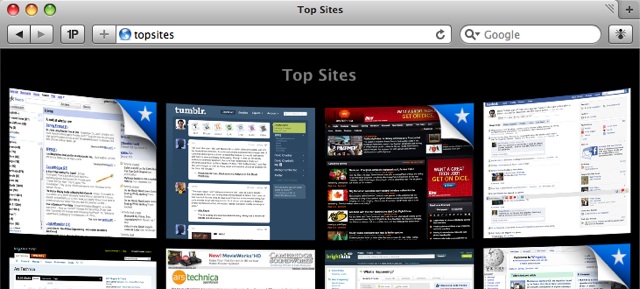
#I HAVE SAFARI 5.1.10 MAC#
I have Snow Leopard on my 2007 Mac mini, upgraded with 3 GB of system memory and a fast 320 GB hard drive. I also have a lot of different browsers installed: Camino, Chrome, Firefox, OmniWeb, Opera, Roccat, Safari, and Stainless among them. Let’s look at them by the date of their latest release. Of these browsers – and the list is not exhaustive – Camino 2.1.2 has been left to languish since 2012 yet remains a fast browser that I still find myself using for specific projects. You can run Camino very nicely on OS X 10.4 Tiger and a G3 Mac – and anything since.Ĭamino won’t become your everyday browser, but it’s agile and works very nicely for legacy websites. It has never been updated for HTML5 and scores very poorly on the HTML5 Test. The biggest drawback to Camino is that it tends to hang with too many open tabs or when you try to quit the app. Camino is based on an old version of Gecko (Gecko 19/Firefox 19 released in February 2013) that was current when Camino 2.1 was released.
#I HAVE SAFARI 5.1.10 CODE#
The code has been tweaked to function as a true Mac app, but over 3 years have elapsed since the last update, so don’t expect it to compete in features with more modern browsers. OmniWeb was originally developed for NeXT computers and their NeXTstep environment.

#I HAVE SAFARI 5.1.10 FOR MAC OS#
When Apple acquired NeXT in 1996, NeXTstep became the foundation for Mac OS X, and OmniWeb was the first browser ported to Apple’s next generation operating system. The last release version of OmniWeb is 5.11.2, which arrived in July 2012 and added support for some OS X 10.8 Mountain Lion security features. Of the browsers that claim to still be in development for the Mac, it has the oldest “most recent” version. OmniWeb runs on PowerPC and Intel Macs running OS X 10.4.8 Tiger or later, and the development version is adding OS X 10.10 Yosemite support. Even though Omni Group continues to work on its browser, it looks like a browser from a decade back. Safari 5.1.10 is the last version compatible with OS X 10.6. That update was released in 2013, making it only a year newer than Camino.
:max_bytes(150000):strip_icc()/ScreenShot2018-11-07at9.55.16AM-5be3353ec9e77c0051de9b93.jpg)
Safari is currently at version 8.0.6, which requires OS X 10.10 Yosemite, so it’s a few versions behind. Apple has a long tradition of leaving users of older versions of OS X with old software, so it’s not just a matter of Safari. I have given up on Safari for production work, although I continued to use it regularly until earlier this year. It is a perfectly competent browser, but it bogs down with multiple windows open, and this is especially true when using WordPress, the content management system we use for Low End Mac. Surprisingly, over recent months I have made Stainless 0.8 my most used browser. It’s quick to launch, memory efficient, and handles WordPress (Low End Mac’s content management system) very nicely. It has displaced Safari, which is what I used for WordPress until I gave Stainless a try. Stainless was a project launched by Danny Espinoza in 2008 with some impressive goals. “Stainless started out as a technology demo to showcase my own multi-processing architecture in response to Google Chrome (Stainless 0.1 was released three weeks after Google released Chrome for Windows). #Safari 5.1.10 settings mac for mac os#.


 0 kommentar(er)
0 kommentar(er)
